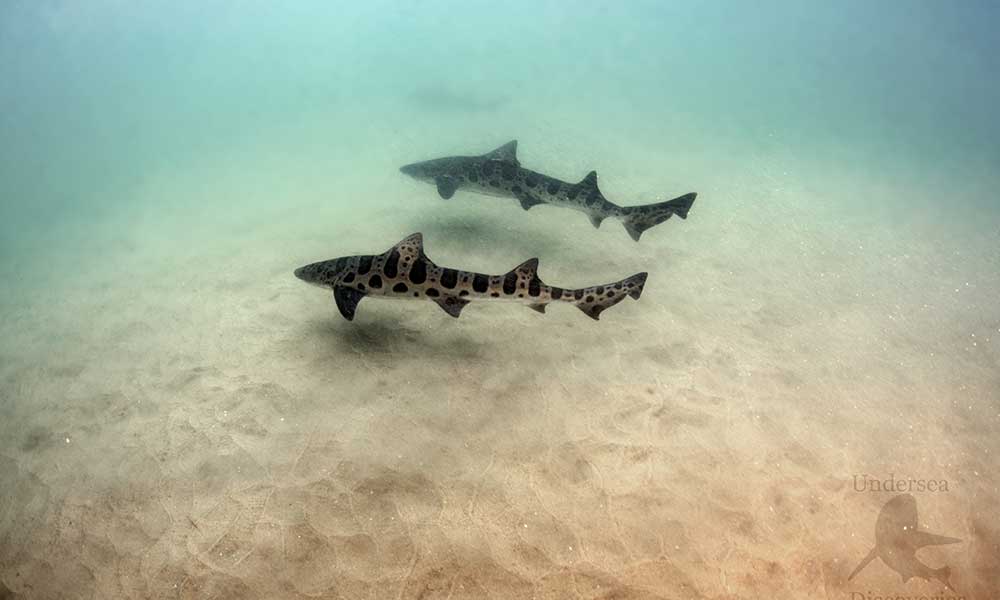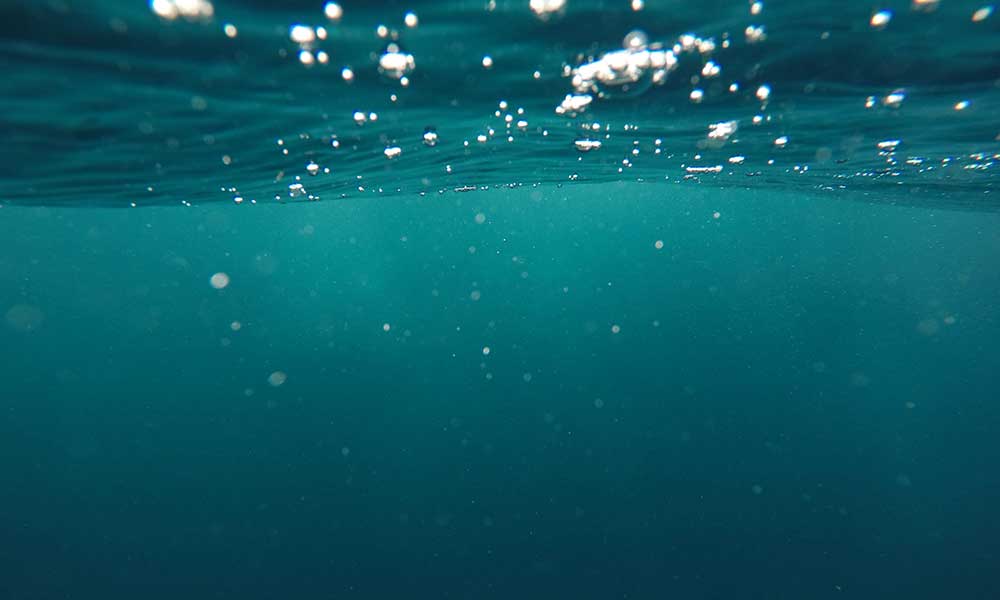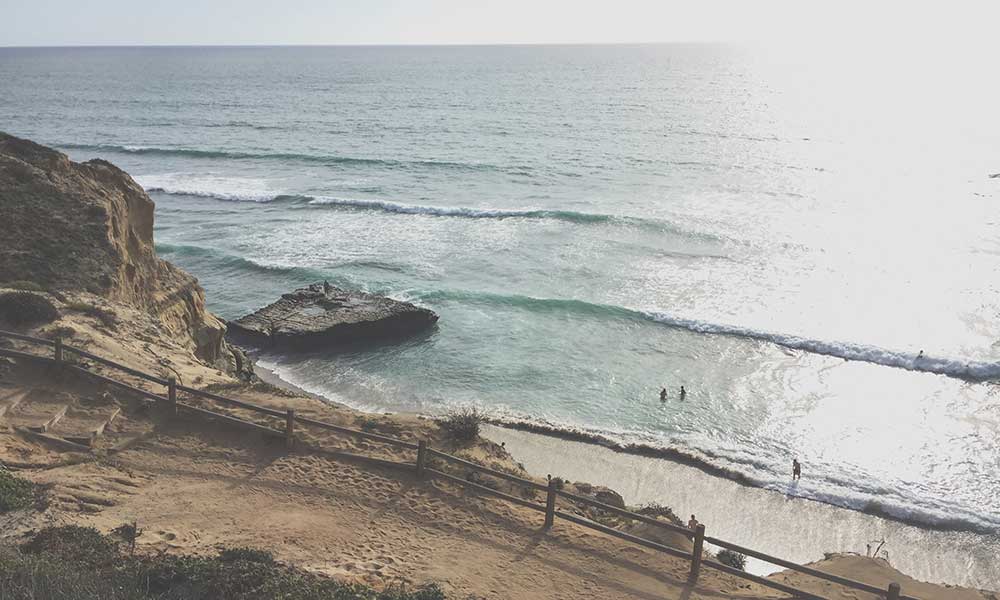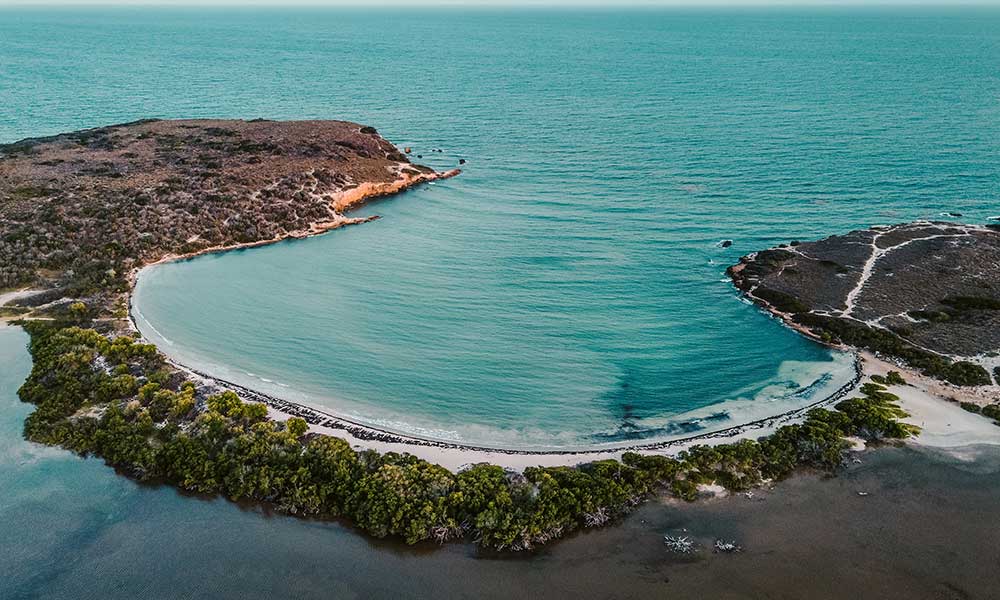Leopard sharks are primarily located in the Eastern Pacific Ocean.
No, leopard sharks are not dangerous. Leopard sharks tend to be docile towards people and are not considered to be a threat.
They’re often spotted from Oregon all the way to the Gulf of California in Mexico and are enjoyed by California residents who swim in the ocean.
A large population of this type of shark is also present in the San Francisco Bay.
They tend to live in shallow waters of bays, estuaries, and kelp forests close to the bottom of the floor.
They’re rarely found in any type of water that is more than 65 feet deep.
Leopard sharks are now a protected species in Oregon and California waters to prevent them from becoming overfished.
Are Leopard Sharks Dangerous?
Leopard sharks are not dangerous to humans and don’t pose any threat to children or adults due to their calm demeanor.
Only a single report has ever been filed with the International Shark Attack File regarding a human and this type of shark.
The event occurred in Trinidad Bay, California in 1955.
The human did not suffer from any injuries or bites when they had contact with the shark.
Most leopard sharks are not only safe to be around but are also friendly to humans.
This allows many people to swim with the sharks at La Jolla Shores in La Jolla, California.
Both children and adults have close contact with the sharks, making it a memorable and fun experience without putting their safety at risk.
Do Leopard Sharks Have Teeth?
Yes, leopard sharks have rows of teeth, which are flat.
This allows them to smash their food instead of cut through it whenever they take a bite out of something.
They use a method of suctioning their food while swimming on the bottom of the ocean floor as they hunt for crab, burrowing worms, clam siphons, and fish eggs.
As they develop and get older, they tend to eat a lot more fish and less crab.
Their teeth consist of numbers 41 to 55 on the upper jaw and numbers 34 to 45 on the lower jaw.
Every tooth in its mouth features a smooth-edged cusp with a cusplet (a small projecting tooth) on both sides of its mouth.
How Big Do Leopard Sharks Get?
Most leopard sharks grow to be 50 to 60 inches wide.
It’s not typical to find a leopard shark that is longer than six feet.
They have a long lifespan and live up to 30 years old. It takes over 10 years for them to grow to full maturity.
The largest leopard shark ever recorded weighed 40 pounds.
The leopard shark is a member of the Houndsharks family known to swim close the bottom of the ocean.
Their appearance includes a short, round snout, a large first dorsal fin, and a second large dorsal fin.
The anal fin is smaller than the first two fins. They have a narrow, slim body that is similar to an eel.
The unique print on their body is similar to a leopard, which is what makes them get their name.
There are many color variations.
Sharks with a lighter color shade tend to spend more time near the floor of the ocean, whereas darker leopard sharks get more sun exposure and are often found closer to the surface of the water.
Where And When To See Leopard Sharks In La Jolla, CA?
Leopard sharks migrate to La Jolla, California between the months of June and December, making it easier to spot them at many different times of the year.
They peak in the months of August and September, which is the best time to see them.
This is when it’s their mating season and a lot more sharks are present in the water.
The best time to see them is during the day when the water is clear and the waters are calmer.
The sun makes it a lot easier to see the sharks than at night.
The Marine Room beach, near Scripps Pier, is a secluded spot where many leopard sharks are present.
Many of the leopard sharks in La Jolla are currently being studied by Scripps Oceanography researchers.
You may see a few of the sharks with orange and white tags on their fins with an identification number.
You can rent snorkel gear at:
What To Do When You See A Sea Leopard Sharks?
Although leopard sharks are safe for humans to be around, it’s still necessary to know how to behave around them after getting in the water.
It’s important to avoid startling them.
The sharks don’t like to be chased, so avoid following them too closely or trying to run after them.
Try to swim quietly without making any loud noises or commotion.
Don’t kick your feet in the water or kick up a lot of dirt, which can cause them to swim away.
Instead, swim slowly and try to remain as quiet as possible to ensure you can get a closer look at them.
Don’t splash around when you’re a few feet away.
If you lift your head out of the water and tell someone else that you see a shark, they will likely be gone by the time you dunk your head back under the water.
Wearing goggles or a snorkel mask can make it easier to get a better view of the shark.
It’s also important to look around and check your surroundings to avoid contact with kayaks and boats in the water to ensure you remain safe while swimming with the sharks.







